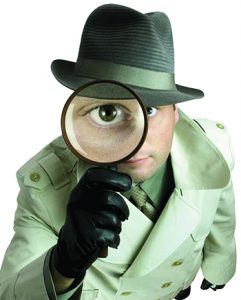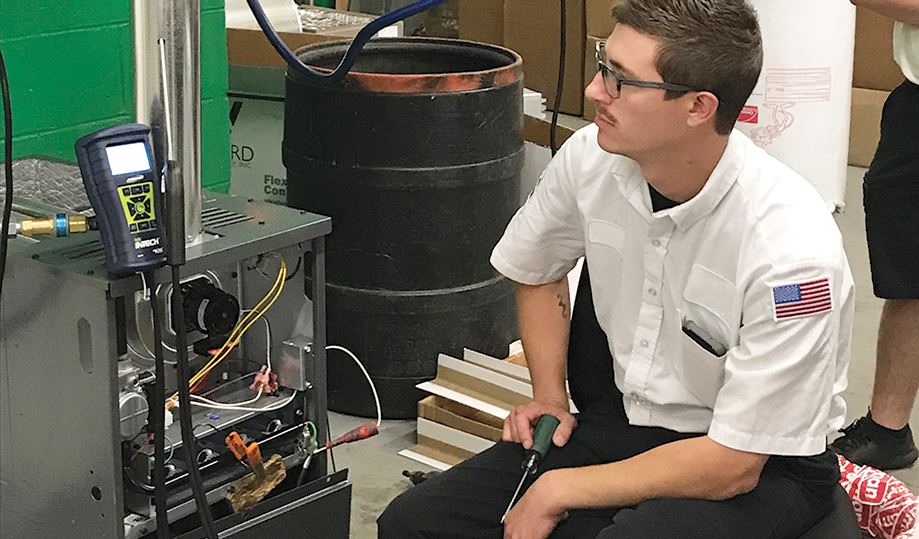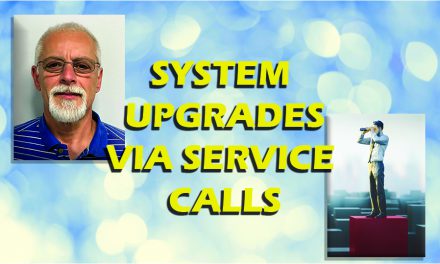Becoming a CO Expert
Like anything else, to really be proficient at combustion analysis and CO detection and repair, you have to put in the time to not only train but also to practice your art.
 Our culture has combustion testing as a standard part of the process we have in place for maintenance, service, and even installations. Your field team needs to understand the importance of and expectations for doing the monitoring, testing, and diagnosis on every single call.
Our culture has combustion testing as a standard part of the process we have in place for maintenance, service, and even installations. Your field team needs to understand the importance of and expectations for doing the monitoring, testing, and diagnosis on every single call.
Tools and Instruments
As in any technical profession, technicians can only be successful when they are equipped properly and we are no different.
Combustion analyzers are key instruments we use when it comes to the testing and diagnosis of the combustion process and the amount of CO being produced.
For us, choosing the right analyzers really has been a game of trial and error to find the best ones to use. We look for those that not only hold up best in the field, but have everything our technicians need to make accurate tests and diagnoses.
Right now our analyzers of choice are from TSI and the UEI.
Another key, relatively inexpensive instrument we prefer is the Bacharach draft meter. It lets us know how much draft is in the chimney. Did you know that you can have too much draft in the chimney? This can create an air curtain that prevents combustion gases from going up the flue as they should. It’s one of those things that you don’t know until you learn about it.
So our process is to not only check the combustion gases and flues of every furnace we come in contact with, but we also check the draft to make sure it is within prescribed limits.
To protect our team, we teach them to turn on their combustion analyzers outside and carry them into the home running to check for CO. This shows consumers how seriously we take combustion safety.
The Market Response
All the training in the world won’t be enough to overcome the reaction of the market. It’s hard enough to explain to customers what you’re doing and why in terms they can understand and accept. But that gets even more difficult when competitors, who aren’t properly trained or certified, tell customers that what we are doing is only a way to charge more money for the service.
It is also difficult because we monitor and test for low-level CO issues when most customers have CO detectors that aren’t alarming and everyone feels safe. You have to be able to explain that.
Further complicating things are competitors who come in with Nighthawk CO monitors that don’t register low CO output. They tell the homeowner that the burner flame is blue and they don’t detect CO. All is well.
The truth is they don’t know what they don’t know. They have no idea whether the furnace is producing CO or not.
These scenarios can be hard to overcome. It is a challenge. Luckily, in our market area, we do have several competitors who are also trained and certified by NCI. We can and do refer customers to these companies if they don’t believe us.
Obviously, this can mean we lose the customer to that competitor. But we’d rather lose that business to a trained and certified professional by not addressing an issue than risk something bad happening to the customer.
Read More Here:













Recent Comments